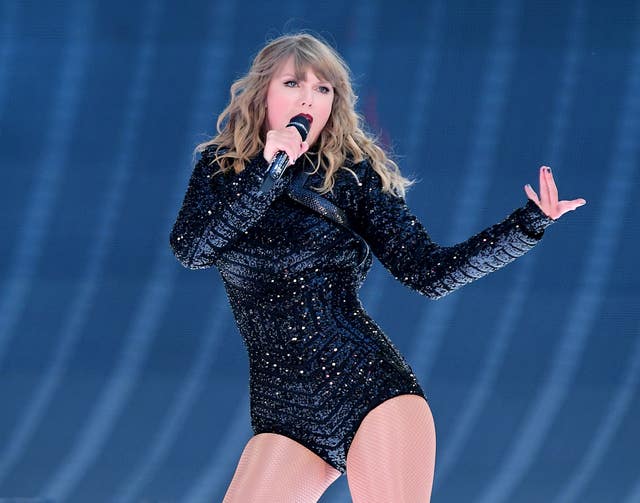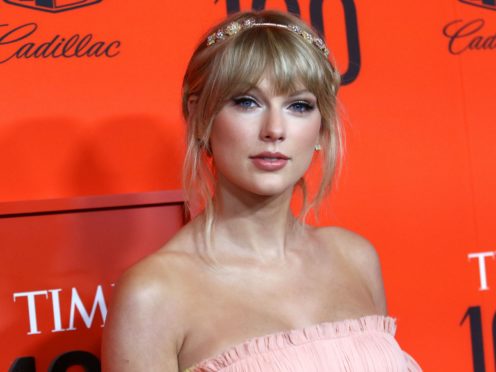Taylor Swift has described the months-long social media campaign to “cancel” her following her social media altercation with Kim Kardashian West as “a mass public shaming”.
The reality star branded Swift a “snake” in July 2016 when she released video clips of a phone call between her husband Kanye West and the singer discussing the lyrics to his song Famous.
Swift had condemned West for his lyrics about her and was then accused of lying when edited audio of the call seemed to show her approving the line.
Swift has said she knew about some of the lyrics but not others – specifically that she would be referred to as “that bitch”.
The posts sparked hashtags including #TaylorSwiftIsASnake and #TaylorSwiftIsCanceled.
WELL SO THIS IS A THING THAT’S HAPPENING. September issue of @voguemagazine and I’m so so so grateful to Anna, Tonne Goodman, Sergio Kletnoy and basically anyone who was like ‘yeah she can be on the Sept issue cover’. What an amazing experience shooting with @inezandvinoodh. pic.twitter.com/Aj7ocN6VLg
— Taylor Swift (@taylorswift13) August 8, 2019
Speaking about how it felt at the time, Swift told Vogue: “A mass public shaming, with millions of people saying you are quote-unquote cancelled, is a very isolating experience.
“I don’t think there are that many people who can actually understand what it’s like to have millions of people hate you very loudly.
“When you say someone is cancelled, it’s not a TV show. It’s a human being.
“You’re sending mass amounts of messaging to this person to either shut up, disappear, or it could also be perceived as, ‘kill yourself’.
“I realised I needed to restructure my life because it felt completely out of control.
“I knew immediately I needed to make music about it because I knew it was the only way I could survive it. It was the only way I could preserve my mental health and also tell the story of what it’s like to go through something so humiliating.”
Asked if part of her is thankful for what happened because of the peace it has brought her, she said: “When you’re going through loss or embarrassment or shame, it’s a grieving process with so many micro emotions in a day.
“One of the reasons why I didn’t do interviews for Reputation was that I couldn’t figure out how I felt hour to hour.
“Sometimes I felt like, ‘All these things taught me something that I never could have learned in a way that didn’t hurt as much’.
“Five minutes later, I’d feel like, ‘That was horrible. Why did that have to happen? What am I supposed to take from this other than mass amounts of humiliation?’ And then five minutes later I’d think, ‘I think I might be happier than I’ve ever been’.
“It’s so strange trying to be self-aware when you’ve been cast as this always smiling, always happy ‘America’s sweetheart’ thing, and then having that taken away and realising that it’s actually a great thing that it was taken away, because that’s extremely limiting.
“We’re not going to go straight to gratitude with it. Ever. But we’re going to find positive aspects to it. We’re never going to write a thank you note.”

Swift said the social media campaign against her was why she did not speak out during the 2016 presidential election.
She said: “Unfortunately in the 2016 election you had a political opponent who was weaponising the idea of the celebrity endorsement.
“He was going around saying, ‘I’m a man of the people. I’m for you. I care about you’. I just knew. I knew I wasn’t going to help.
“Also, you know, the summer before that election, all people were saying was, ‘She’s calculated. She’s manipulative. She’s not what she seems. She’s a snake. She’s a liar’. These are the same exact insults people were hurling at Hillary (Clinton).
“Would I be an endorsement or would I be a liability? ‘Look, snakes of a feather flock together. Look, the two lying women. The two nasty women’.
“Literally millions of people were telling me to disappear. So I disappeared. In many senses.”
